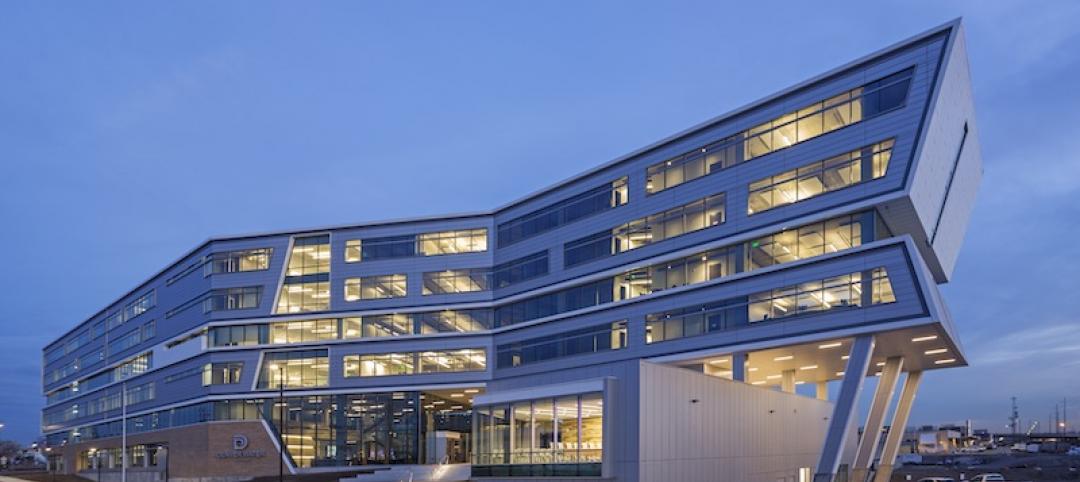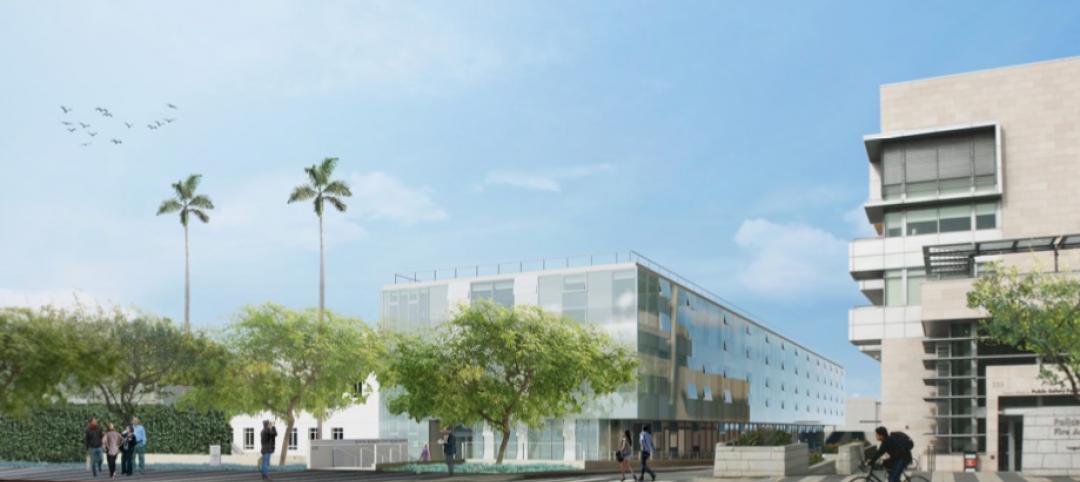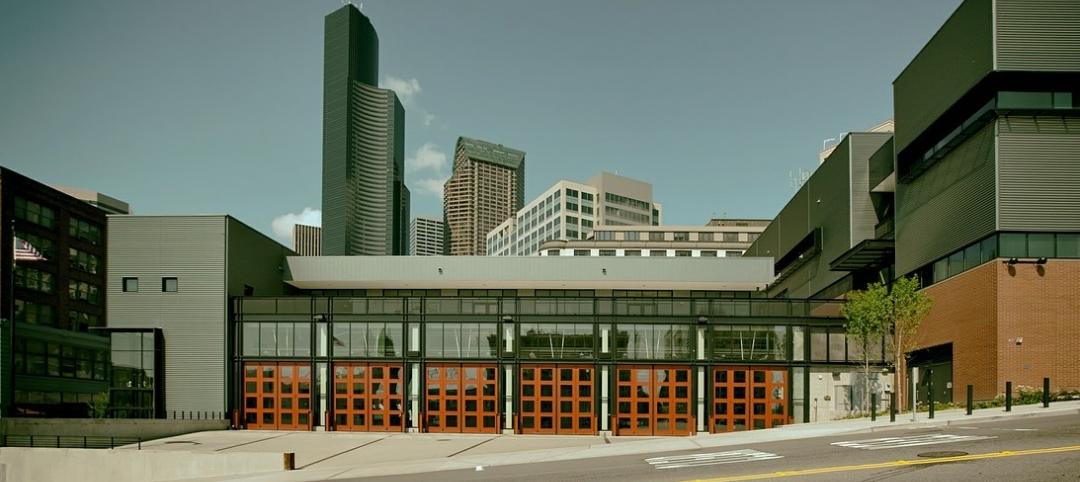WASHINGTON - GSA announced that it will test and evaluate 16 emerging sustainable building technologies and practices in select federal facilities under its Green Proving Ground program. Testing will determine the most effective technologies that may then be replicated on a wider-scale basis throughout the GSA inventory with the goal of transforming markets for these technologies.
"GSA is leading the way in sustainable design and construction operations," GSA Administrator Martha N. Johnson said. "By using our real estate portfolio as a test bed for new technologies, we can then provide further innovation in energy efficiency standards and implement best practices that will lead the market."
The technologies selected were from a pool of approximately 140 projects across GSA's national portfolio that are currently implementing innovative or underutilized sustainable building technologies. The 16 technologies and practices were selected for evaluation because they have the greatest potential to meet GSA's sustainability goals. Examples of the technologies chosen include wireless temperature sensors, electrochromic windows, high R-value windows, integrated lighting systems, thin-film photovoltaic panels, solar water heating with integrated photovoltaic panels, chilled beams, and non-chemical water treatment systems.
With support from the Department of Energy's National Laboratories, the Green Proving Ground program will perform enhanced testing, monitoring and evaluation on these selected technologies. Notable findings from all of the projects will be used to support the development of performance specifications for GSA's real estate portfolio and other federal agencies. Additionally, testing these technologies will assist industry in deploying the technology and practices studied.
For more information on the 16 technologies to be evaluated under GSA's Green Proving Ground program and on GSA's registry of sustainable building technologies, visit http://www.gsa.gov/GPG.
Related Stories
Sustainability | Aug 11, 2020
Sustainability is key for Denver Water’s modernized campus and distribution system
The utility is showcasing a new admin building and a water reuse plan that’s a first for the state.
Cultural Facilities | Jun 19, 2020
A new ULI report chronicles the depaving of America
Fifteen examples of how parks and green spaces emerged from parking lots, garages, and underpasses.
Green | Mar 9, 2020
BuroHappold commits to all new building projects achieving net-zero carbon by 2030
The engineering firm also launched a long-term partnership with ILFI.
Giants 400 | Jan 23, 2020
Government Buildings Sector Giants Report for 2019 [Updated]
AECOM, HOK, Jacobs, and Turner Construction top the rankings of the nation's largest government buildings sector architecture, engineering, and construction firms, as reported in Building Design+Construction's 2019 Giants 300 Report.
Government Buildings | Nov 13, 2019
The Washington Monument reopens with a new visitor center
This is one of several landmark restoration projects underway in the nation’s capital.
Government Buildings | Apr 17, 2019
St. Petersburg’s police headquarters is a transparent yet secure government facility
Harvard Jolly designed the building.
Industrial Facilities | Mar 10, 2019
The burgeoning Port San Antonio lays out growth plans
Expansions would accommodate cybersecurity, aerospace, and defense tenants, and help commercialize technologies.
Government Buildings | Feb 27, 2019
Design unveiled for U.S. embassy in New Delhi
Weiss/Manfredi is designing the project.
Government Buildings | Oct 5, 2018
Six-story courthouse under construction in Nashville
Fentress Architects, Michael Graves Architecture & Design, and Hensel Phelps Construction Company are collaborating on designing and building the facility.
| May 24, 2018
Accelerate Live! talk: Security and the built environment: Insights from an embassy designer
In this 15-minute talk at BD+C’s Accelerate Live! conference (May 10, 2018, Chicago), embassy designer Tom Jacobs explores ways that provide the needed protection while keeping intact the representational and inspirational qualities of a design.
















